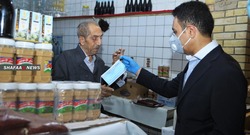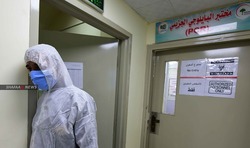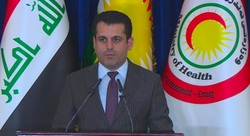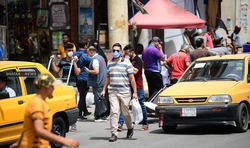COVID-19: Experts address 10 recent myths
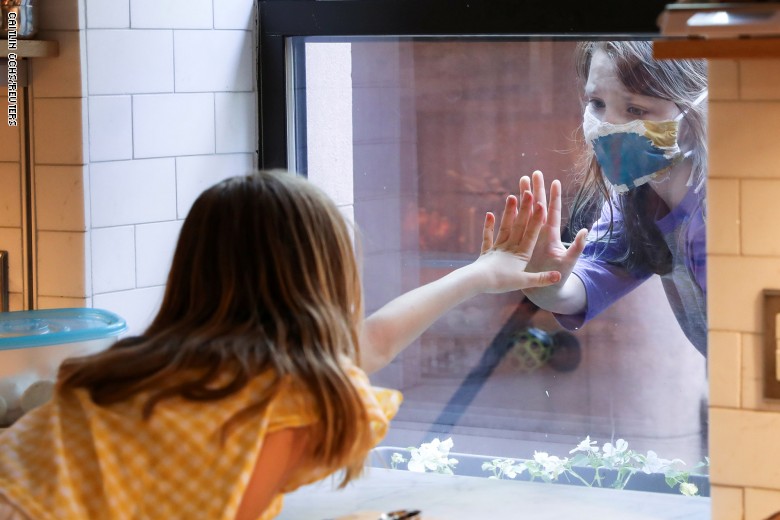
Shafaq news/(Medical News Today) Earlier this year, Medical News Today released two articles designed to bust some common myths associated with COVID-19: one was initially published in February and the other in June.
As the impact of COVID-19 progresses and our understanding of the disease and its causes improve, the shape of online discussion has shifted.
The ten myths about corona virus are,
1. In the United States, COVID-19 cases are rising, but the death rate is relatively low — this means the virus is less deadly, and we shouldn’t worry
Infection case rates, hospitalization rates, and death rates often track each other. For example, as one goes up, the others go up, too. However, that is not always the case.
In many areas, we’ve seen a high case number but low death rate. The likely explanation is related to the fact that people in the community have better access to testing, which increases case numbers, and treatments, which decreases death rates.
In fact, we are still seeing that people are dying and experiencing complications from the COVID-19 infection. We still do not have a cure or definitive treatment that works for everyone. We still do not have a clear recipe for successful treatment, especially in vulnerable populations, such as older adults who have chronic conditions, including asthma, diabetes, and cancer.
Yes, we’re so grateful that these individuals have survived the infection, and we’re hopeful that they won’t have any long-term negative effects from the infection. However, we have seen that some people are still experiencing difficulties with breathing and other symptoms several months after the infection and hospitalization.
2. The virus’s deadliness was overstated in the first place
With any rapidly developing event, particularly one that has such global impact, it can be difficult to determine how deadly the disease really is. When it comes down to it, it is hard to wrap our heads around the statistics, such as case rates, hospitalization numbers, and death rates, when they are in the millions.
In fact, COVID-19 has killed more people (more than 218,000) in the first 8 months of 2020 in the U.S. than influenza has in the last several flu seasons. The Centers for Disease Control and Prevention (CDC) estimate that there have been 12,000–61,000 influenza-related deaths annually since 2010.
Though COVID-19 has struck certain communities more disproportionately than others, it has also reminded us that we are all vulnerable. COVID-19 cases, hospitalizations, and deaths have affected many in our communities: young and old, and rich and poor.
We are very lucky that the SARS-CoV-2 virus does not kill everyone who has had the infection, but by most data measures, doctors like me do not underestimate how deadly it has already been or how deadly it can continue to be if we are not diligent and conscientious about protecting ourselves, our loved ones, and others in our community.
3. it’s just a bad flu
Some people who have developed COVID-19 were fortunate because they either did not notice any symptoms or only experienced mild symptoms.
However, to say, as a blanket statement, that COVID-19 is just like a bad flu is dangerously inaccurate because it discounts the hundreds of thousands of people in the U.S. alone who have died from COVID-19.
It also does not take into account that we have seen reports of people who have experienced residual symptoms from their bouts of COVID-19, including ongoing respiratory problems, which we typically do not see in seasonal flu cases.
Additionally, while influenza itself can be deadly, the seasonal flu does not typically have such high rates of hospitalization as COVID-19. Part of the reason for this is that we have vaccines and treatments for the flu. These help prevent people catching the flu or, if they do catch it, help reduce the severity of symptoms. We have neither vaccines nor consistent, dependable treatments for COVID-19.
4. We are getting close to herd immunity
Herd immunity is when the majority of people are immune to a disease so that it makes the spread unlikely. Herd immunity can be achieved through either vaccination or natural infection.
In total, 70% of the general population (about 200 million people) will need to recover from COVID-19 to achieve herd immunity. However, this is conditional on whether the COVID-19 immunity is long lasting.
Unfortunately, we have not seen clear evidence as to whether contracting and recovering from a SARS-CoV-2 infection will lead to long-term immunity that is protective.
5. Physical distancing is making our immune systems weaker
Physical distancing is necessary to decrease the risk of transmitting a disease. In fact, we’ve been employing physical distancing for generations (if not for thousands of years as a human race) to prevent the spread of diseases.
It’s the basic logic behind why we instinctively avoid people when they are sick and why we ask people to stay home when they are not feeling well. All the while, our immune systems (the natural defense that protects our bodies from infections) have been continually developing and adjusting to our environment.
This approach to infection control helps protect everyone in the community, including the people who are ill, because it preserves medical care and services for those who are sick
6. COVID-19 is caused or exacerbated by 5G
5G is the fifth generation technology standard for broadband cellular networks. It is a type of radio wave that is digitized, so it improves the transmission and capacity of data.
There is no evidence to suggest a cause-and-effect relationship between radio waves, their frequencies, and viral transmission.
7. Masks do more harm than good
Masks are a protective barrier that decreases the transmission of airborne diseases for both the person wearing the mask and the people around them. It prevents the transmission of infection through droplets from the mouth and nose.
Notably, doctors and nurses wear masks in surgeries to protect all of us from infection during our operations and have done so for several decades.
A prolonged use of masks does not decrease oxygenation or increase carbon dioxide levels for medical professionals, and it does not cause either of those concerns in the general population today.
8. Doctors can already cure COVID-19
There is still no cure for COVID-19. However, healthcare workers and researchers are learning more about this illness every day, and there is accumulating evidence regarding which supportive treatments can help reduce the length and severity of illness.
Clinical trials are still underway to determine the effectiveness and safety of other treatments, such as convalescent plasma. There has been exciting progress in COVID-19 treatment research, but we still have much to learn.
However, without a cure, it is still very important to do what we can to prevent the transmission of the virus, including practicing proper hand washing, wearing masks, and being diligent about physical distancing when in public.
9. “Big Pharma” is withholding the vaccine
No. The clinical trial process required to identify safe and effective vaccines takes years in most cases. The development of a COVID-19 vaccine is no different. This timeline is necessary to determine how well a vaccine will work on a large-scale population basis.
It is also necessary to identify side effects that may occur weeks or months after a person receives a vaccine. Additionally, once a suitable vaccine candidate is identified, the companies will require time to scale up their manufacturing processes so that the vaccine is available for as many people as possible.
As successful COVID-19 vaccines become available, it is important to keep an eye on when it would be appropriate for you to receive it based on your risk factors.
10. Antivirals and steroids can cure COVID-19 and cytokine storm
Antivirals fight the virus causing COVID-19, and steroids will help decrease the chances of an overzealous immune response, which contributes to some COVID-19 deaths.
Scientists have shown that steroids reduce the severity and impact of a hyperinflammatory state, which is also called a cytokine storm. However, evidence supporting these treatments is not conclusive, and more research is needed to determine who would most benefit from them.
How well any treatment option works also depends on a person’s underlying medical status and conditions. An individual with serious preexisting comorbid conditions and a severely weakened health status will still have a difficult time fighting the infection, no matter how strong the treatment options are and how effective they have been in clinical trials in the general population.
